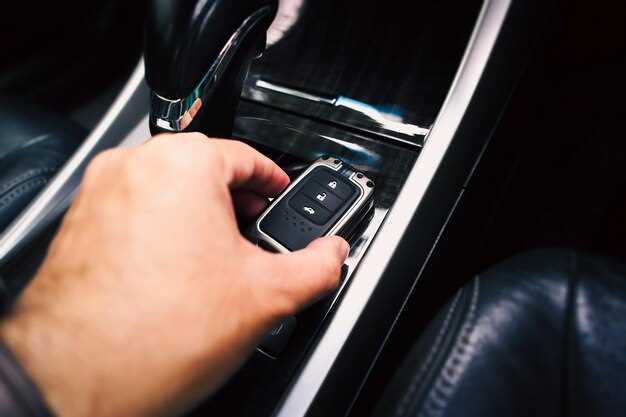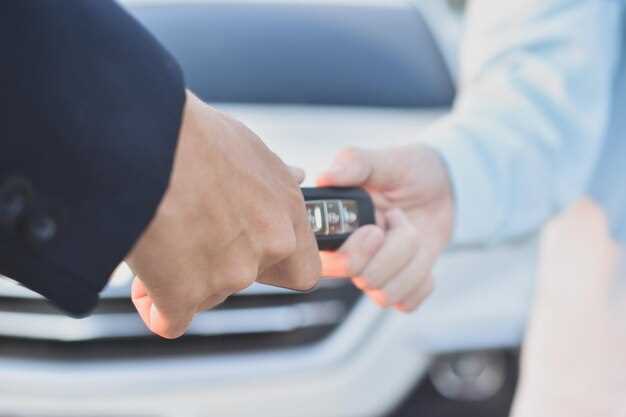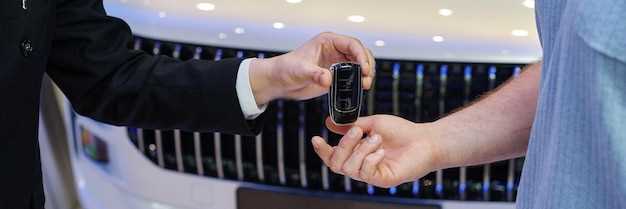
The advent of digital technology has transformed many aspects of everyday life, and the automotive industry is no exception. In the realm of Toyota vehicles, the introduction of digital keys represents a significant leap toward enhancing convenience and security for drivers. With these smart access solutions, you can effortlessly unlock and start your vehicle without the need for traditional physical keys.
Digital keys function through a combination of advanced technologies, including Bluetooth and smartphone applications, enabling remote operation of your Toyota vehicle. This remote access capability allows you to manage your vehicle settings, provide temporary access to others, and even track your vehicle’s location directly from your smartphone. The integration of such features not only streamlines the user experience but also reinforces the overall security of your car.
Understanding how digital keys operate is essential for any Toyota owner looking to leverage the full potential of their vehicle’s technological advancements. As we delve deeper into the functionality and benefits of digital keys, you will gain insights into how these smart access solutions can enhance your driving experience while ensuring your vehicle remains safe and secure.
How to Set Up and Use Digital Key Features in Your Toyota
Setting up the digital key features in your Toyota vehicle provides enhanced convenience and security. To begin, ensure your smartphone is compatible with Toyota’s Digital Key system. Download the Toyota app from the App Store or Google Play to facilitate the setup process.
Once you have the app installed, open it and create an account or log in to your existing account. Then, follow the prompts to add your vehicle using the Vehicle Identification Number (VIN). Ensure your vehicle is parked nearby, as you will need to interact with it during the setup.
The next step involves connecting your smartphone to your vehicle’s smart key system. In the app, select the option to enable the digital key and follow the on-screen instructions. This will typically involve placing your smartphone near the keyless entry slot on your vehicle. A confirmation message should appear on your phone when the pairing is successful.
Once configured, you can use your smartphone as a remote key. To unlock or lock your vehicle, simply walk up to it with your smartphone in hand. The vehicle will detect your presence and allow you access without requiring a physical key. You can also start the engine using the app, which provides added convenience for users on the go.
In addition to basic locking and unlocking, the app allows you to manage key settings and share access with family or friends. You can send a digital key invitation to others, enabling them to access your vehicle with their own smartphones. This feature is particularly useful for sharing vehicles without the need for physical key exchanges.
It’s important to keep your smartphone updated and ensure the Toyota app has the necessary permissions to operate effectively. Regularly check for updates that may enhance functionality or security features. By following these steps, you can enjoy a seamless digital key experience with your Toyota, making vehicle access both smart and efficient.
Exploring Remote Access Capabilities and Security Measures

The digital key system for Toyota vehicles introduces a range of remote access capabilities that provide significant convenience for users. With the integration of smart technology, owners can unlock their cars, start the engine, and even monitor their vehicle’s status from a distance, all via a mobile application on their smartphone.
One of the primary features of this remote access is the ability to control functions from virtually anywhere. This means that whether you are at home or on the go, you can easily manage access to your vehicle without needing to physically approach it. The app allows for secure unlocking using a unique digital key, enhancing both usability and security.
However, with the advantages of remote access come important security considerations. Toyota implements several security measures to protect against unauthorized access. This includes the use of encrypted communications between the vehicle and smartphone to prevent hacking. Additionally, the digital key can be set to deactivate when the smartphone is out of range, further securing the vehicle from potential threats.
Moreover, users can share access with trusted individuals without the need for a physical key. Through the application, you can grant temporary or permanent access, which is managed with tight security protocols to ensure that only the intended recipient has entry rights. This smart approach to vehicle management allows for flexibility while maintaining high security standards.
In conclusion, Toyota’s remote access capabilities combined with robust security measures create a reliable ecosystem for vehicle owners. By leveraging smart technology, users benefit from enhanced convenience while enjoying peace of mind knowing that their vehicle remains secure from unauthorized access.
Comparing Smart Key Systems: Advantages and User Experience

The evolution of smart key systems in modern vehicles, particularly in Toyota models, highlights significant advancements in convenience and security. These systems typically feature remote access capabilities, enabling drivers to lock, unlock, and start their vehicles with ease.
One of the primary advantages of smart key systems is the enhanced user experience they offer. With remote access, users can perform key functions without physically inserting a key. This technology allows for a seamless entry experience, where the vehicle can recognize the presence of the key fob as the driver approaches, automatically unlocking the doors. This hands-free operation is particularly beneficial in scenarios where convenience is paramount, such as when carrying shopping bags or entering the vehicle in adverse weather conditions.
Furthermore, smart keys often include features such as push-button start, which adds another layer of convenience. Drivers can start their engine without turning a traditional key, providing a modern touch to vehicle operation. This system not only simplifies the ignition process but also minimizes wear and tear on traditional key components.
In terms of security, smart key systems are equipped with advanced encryption technology. This prevents unauthorized access, making it more challenging for potential thieves to replicate or hack the key signals. Many smart keys also have an immobilizer feature that disables the engine if the correct key is not used, further enhancing vehicle protection.
However, users should be aware of potential drawbacks. Some smart key systems depend heavily on battery life, and a depleted key fob battery can result in inaccessibility. Additionally, the higher costs associated with the replacement of smart keys compared to traditional keys can be a disadvantage for some consumers.
In conclusion, while there are some challenges associated with smart key systems, the advantages of remote access, enhanced security, and improved user experience largely outweigh these downsides. As technology continues to advance, user preferences for a more convenient and secure way to access their vehicles will likely drive further innovations in smart key functionality.




